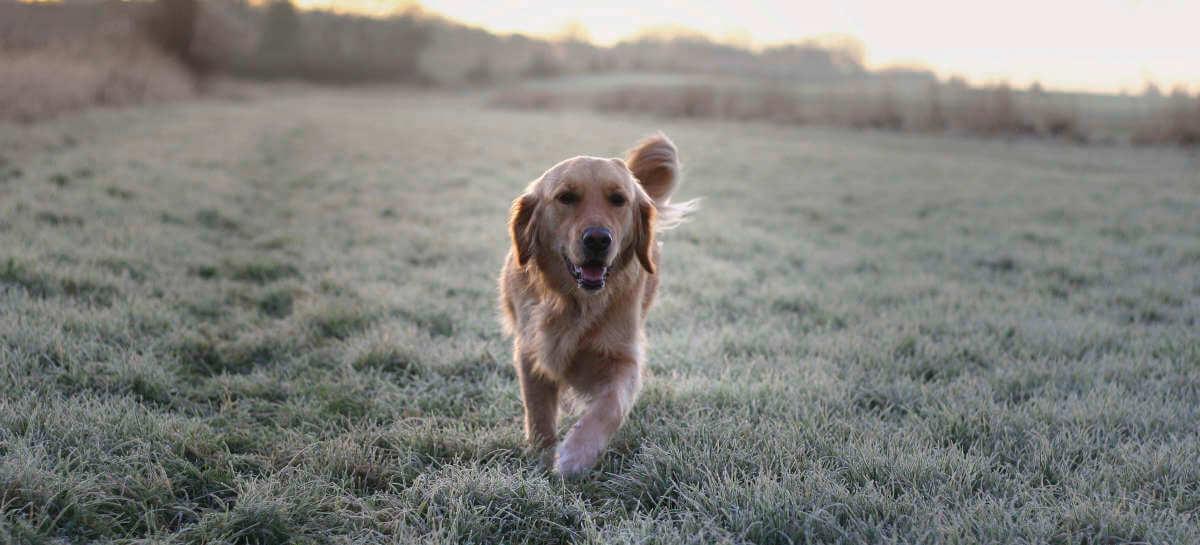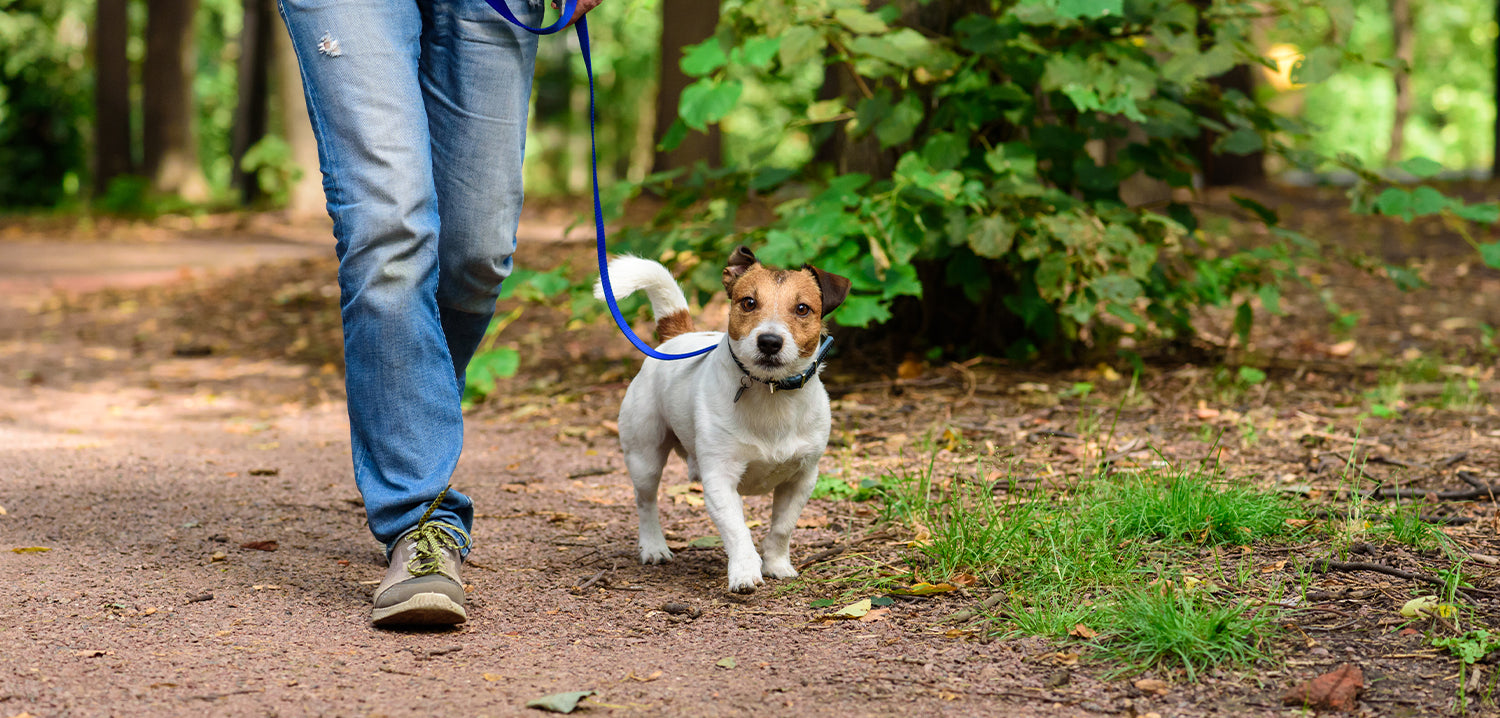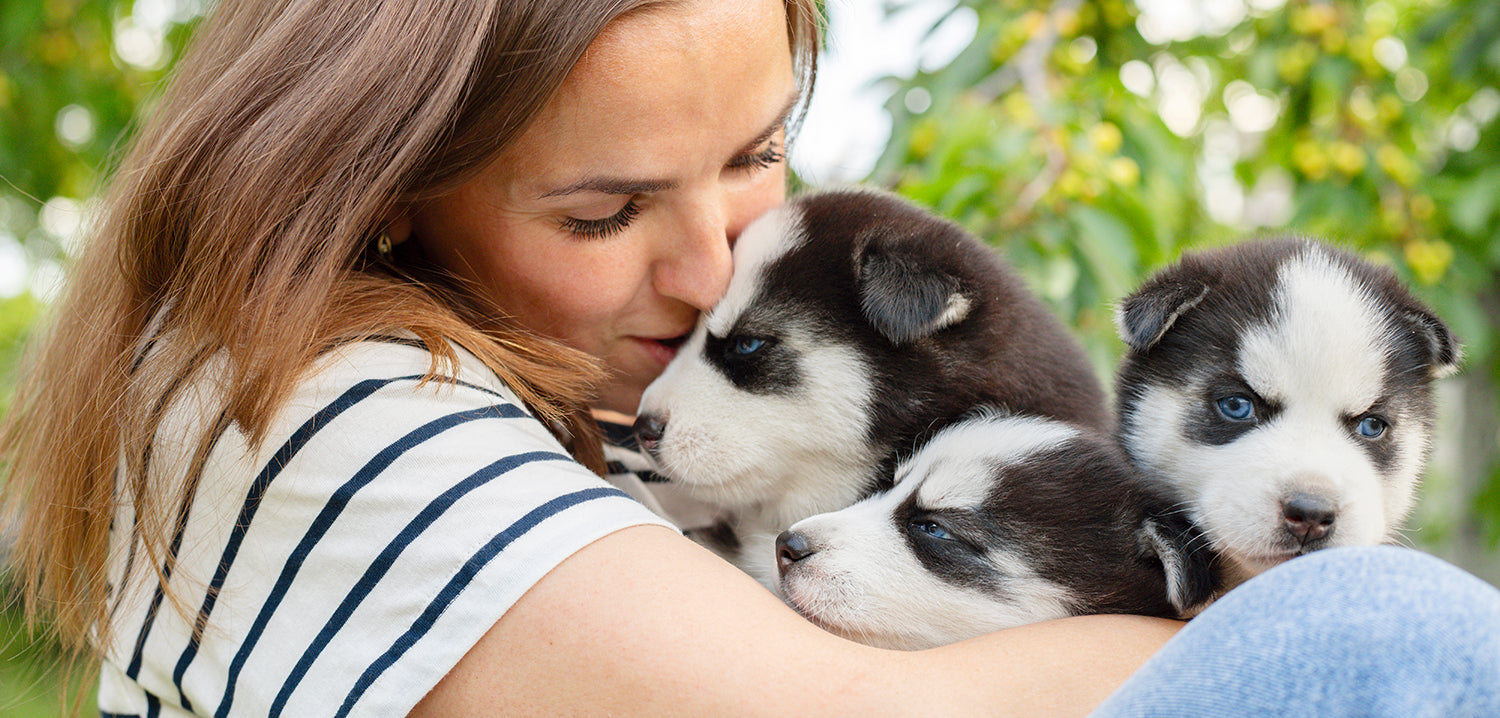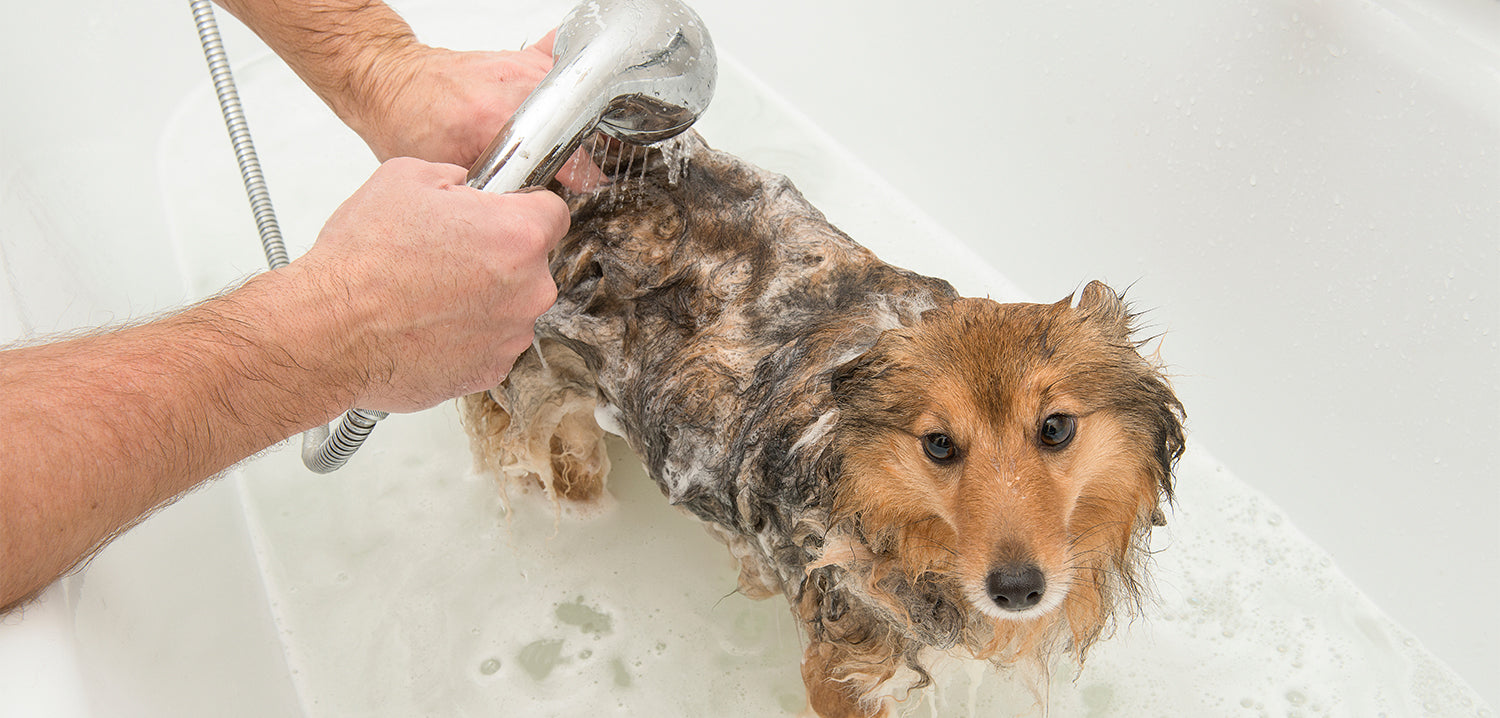When is it too cold to walk your dog?
The wind is howling, the air is frosty and the pavements might even be covered in snow. Winter conditions can make venturing outside an unpleasant or even dangerous prospect for you and your pets. This often leaves owners wondering ‘when is it too cold to walk your dog?’ While safety is paramount, a dog’s walks are usually their primary source of exercise, which they require regardless of the weather.
In this post, James Wellbeloved provides guidance on walking your dog in colder weather, as well as which conditions you should avoid walking your dog in. There are also some alternative forms of exercise outlined, which you might wish to use in these situations.
WHEN IS IT TOO COLD TO WALK YOUR DOG?
Every dog is different, meaning there is no exact temperature at which it becomes too cold to walk them. For example, some dogs might be better equipped for lower temperatures if they are larger or have a longer, thicker coat. Often, an owner’s judgement is best, so ensure you get to know your dog and their tolerances well.
It is important to remember that elderly dogs and puppies are generally much more susceptible to the dangers of the cold and are more vulnerable to conditions such as hypothermia, so you should be careful walking them in winter.
TAKE SHORTER WALKS IN WINTER
During the winter, you should shorten your dog’s walks to reduce their exposure to the harsh climate. If possible, take them for a larger number of shorter walks, so that your pet can get enough exercise, without risking prolonged exposure to the cold.
If your dog begins picking up their paws, licking their paws, whining, or shivering, you should take them home. These are all signs of your dog being too cold.
EXTRA WINTER WALK PRECAUTIONS
Low temperatures are not the only extra hazard that winter brings. Snow can be dangerous, as it obscures dangers below and makes the ground slippery, increasing the likelihood of falls. Therefore, be sure to keep your pooch on their leash and stick to pavements when walking through snow.
A snowy climate also means more people will be using anti-freeze chemicals and salting pavement and roads. Salt can irritate you pooch’s paws and legs, while anti-freeze is highly poisonous. Your dog is likely to lick its paws and legs after being outside in this weather, and ingestion of too much salt or any antifreeze can be really dangerous for your dog. You must thoroughly clean your dog’s paws and legs after each walk, to remove any hazardous chemicals and irritants.
EXERCISES TO REPLACE REDUCED WALKING TIME
While winter calls for shorter dog walks, the amount of exercise your pet requires daily does not change. You will need to replace the exercise your dog is losing. The following are a few suggestions of alternative exercises you may wish to use:
- Train your dog indoors – winter can be a great opportunity to teach your dog new tricks, providing them with mental and physical stimulation
- Play fetch – move some furniture out of the way in a large room or hallway and that should be enough space for your dog to run around, chasing their favourite toy
- Hide and seek – simulate the stimulation of the outdoors by hiding small dog treats around your home and encouraging your dog to seek them out
These are just a few ideas and there are countless more ways to entertain and exercise your dog in winter. However, always remember that their safety comes first.
So, when is it too cold to walk your dog? Normally it comes down to an owner’s judgement and each dog’s individual needs. Remember to consider how big they are, how long their fur is and, most importantly, pay attention to what their body language tells you.
If you have concerns about walking your pet or fear they may have become ill from being in the cold for too long, consult a vet immediately.












